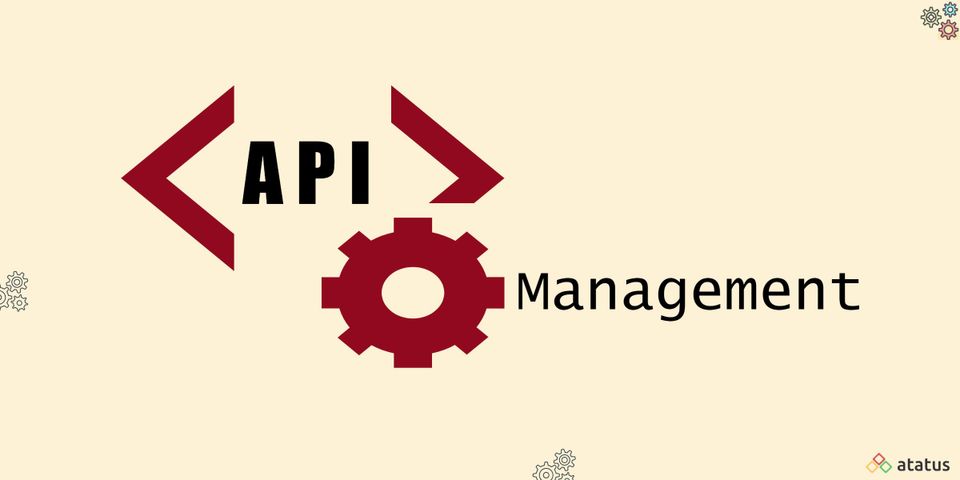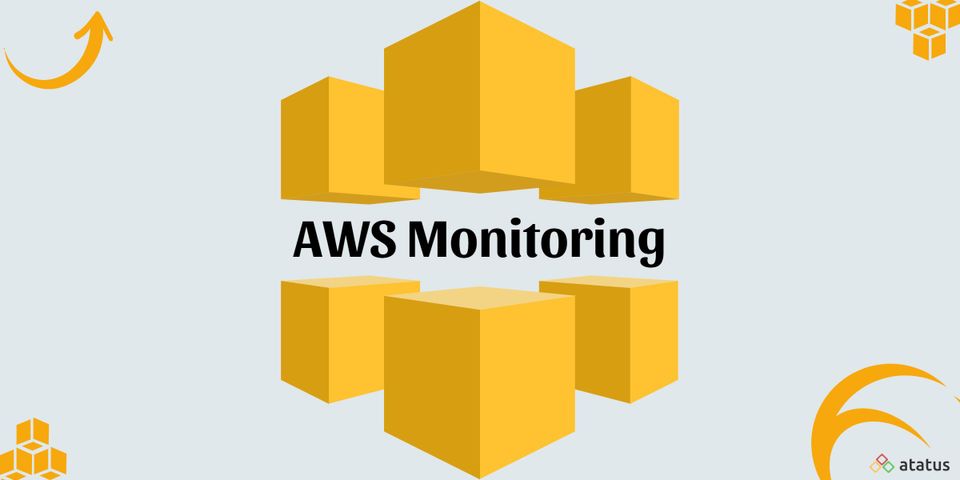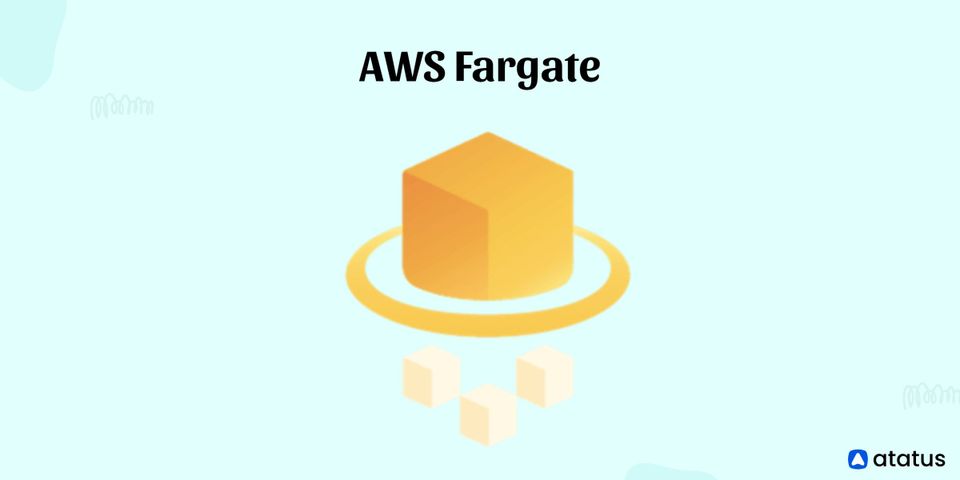APIs were once coded manually, but today they are usually created via API management software. The interaction between several applications or platforms is defined and managed via an application programming interface (API). The term API refers to both server-side software and the computer code required to implement that software.
Here how it’s done:
- What is API Management?
- Why API Management is Important?
- Components of API Management
- Features of API Management
- Benefits of API Management
What is API Management?
The process of designing and releasing online application programming interfaces (APIs), enforcing usage regulations, restricting access, nurturing the subscriber community, collecting and analysing usage statistics, and reporting on performance is known as API management. API Management components provide processes and tools to help developers and subscribers.
The purpose of API management is to enable companies that establish APIs or use others' APIs to track activities and guarantee that the demands of the developers and apps that utilize the API are met. API management has grown commonplace as a result of businesses' increasing reliance on APIs, the expanding number of APIs on which they rely, and the administrative difficulties that APIs bring. Building and administering APIs have distinct requirements and processes than most other apps.
Although API management requirements range from one business to the next, it does include several essential features such as security, monitoring, and version control. APIs require extensive documentation, enhanced levels of security, exhaustive testing, regular versioning, and great reliability in order to be properly employed. API management software is also becoming more popular, as these requirements frequently exceed the scope of normal software-based projects.
Why API Management is Important?
APIs make a company's data and assets available to third-party applications. APIs are also used by businesses to add a digital layer to their interactions with customers, employees, and partners. As a result, API management is critical because it allows developers and businesses to secure, scale, regulate, evaluate, and monetize API operations.
API security is the first and most important aspect of API management; it is required to safeguard APIs from unauthorized access and threats. More than just authenticating and allowing a user access to the API is required for API security. To protect sensitive data and ensure that it is not leaked or compromised, standards and policies must be developed.
API governance is another important aspect of API management that provides end-users with a consistent experience. API discoverability, lifecycle management, documentation, and reusability are also included. API governance enables developers to ensure that each API program is planned ahead of time and achieves a specified purpose that benefits the company.
The third aspect of API management, API analytics, focuses on the centralized gathering and analysis of API metrics, which is enabled by real-time monitoring and dashboards. Developers and organizations can utilize API analytics to analyse and understand how their APIs are utilized, as well as rank their performance. Developers, IT operations, and business teams will benefit from this component.
Finally, API management allows APIs to be monetized. This refers to an enterprise API's ability to earn revenue. The production of tailored packages and plans, the productization of data, and the proper licensing of products are all examples of API monetization.
Components of API Management
API management tools often include components that provide the following capabilities, though solutions vary.
- Gateway
An API front-end server that takes API requests, enforces throttling and security policies, sends requests to the back-end service, and then returns the response to the requester. A transformation engine is commonly included in a gateway to coordinate and alter requests and responses on the fly. A gateway can also perform tasks like gathering analytics data and providing caching. Authentication, authorization, security, audit, and regulatory compliance can all be supported via the gateway. - Tools for Publishing
API providers use a set of tools to define APIs, such as the OpenAPI or RAML specifications, generate API documentation, govern API usage through API access and usage policies, test and debug API execution, including security testing and automated generation of tests and test suites, deploy APIs into production and coordinate the complete API lifecycle, including staging, testing, and quality assurance environments. - Developer Portal/API Store
An API provider's community site that encapsulates information and functionality for API users such as documentation, tutorials, sample code, software development kits, interactive API console and sandbox to trial APIs, and the ability to manage subscription keys such as OAuth2 Client ID and Client Secret, as well as subscribe to APIs. - Reporting and Analytics
Monitoring API usage and load functionality. This can involve real-time API monitoring, with alarms sent directly or via a higher-level network management system if the demand on an API becomes too heavy, as well as the ability to analyze previous data, such as transaction logs, to detect usage trends.
Functionality for creating synthetic transactions can also be given, which can be used to evaluate the performance and functionality of API endpoints. The API provider can use the data collected by the reporting and analytics capability to improve the API offering as part of an organization's overall continuous improvement strategy and to define software Service-Level Agreements for APIs. - Monetization
Functionality to allow for the pricing of commercial API access. Support for setting up price policies depending on consumption, load, and functionality, issuing invoices, and collecting payments, including several types of credit card payments, are all examples of this ability.
Features of API Management
API development, deployment, and management should be simple and rapid. Allowing others to use your APIs, managing security across them should be simple. APIs should be able to scale in real-time, provide visibility into their operations, and assist you to manage the third-party developers and organizations who access them, in addition to supporting simple application development and providing supreme security.
API management platforms with more maturity offer a more comprehensive set of features, such as:
- Access Control
APIs should be created with access controls, also known as authentication and authorization, which allow users to access specific systems, services, or data. - Protection
API security features include API keys for identification, API secrets, and verifiable application authorization tokens. - Creation and Design
APIs allow web apps to communicate with one another. Different types of APIs, such as RESTful APIs and WebSocket APIs, can be created and defined. - Hybrid Models are Supported
A RESTful API is a collection of resources and methods, referred to as endpoints, that make use of HTTP requests. A WebSocket API keeps the connection between connected clients alive. - High Performance
APIs with high performance rely on code, functional separation, and the underlying data structure and architecture. - Developer Portal can be Customized
API developer portals bring API publishers and subscribers together. They enable self-service API posting and make it simple for potential API clients to find APIs to utilize.
Benefits of API Management
Some of the benefits of API management are as follows:
- The ability to make data-driven decisions based on API analytics business insights.
- Protection of the organization from API-related security concerns.
- The ability to create comprehensive API documentation that may be used to recruit developers and educate consumers.
- Organizations can see all of their API connections in one location, lowering security vulnerabilities, reducing the amount of repeating APIs, and discovering holes for developers to resolve.
- The ability to monetize APIs, share income with partners, and keep real-time billing records.
- Consumers of APIs will have a nice experience.
- API agility and the capacity to quickly produce new digital content have both improved.
- The ability to establish a fluid, agile, adaptable, and inventive environment that allows all people, processes, and technology to collaborate.
API management also allows a company to maximize the value of its existing legacy systems by changing obsolete security methods to meet the new requirements employed by APIs. API management software can also convert complex data from outdated systems into message forms that are easier to understand. API management can also be used to unify all back-end services into a single API-enabled capability.
Conclusion
An API management platform works as a proxy for API requests, protecting back-end services from being knocked down by a large number of queries or breaches, either intentionally or unintentionally. While some organizations stitch together multiple API management tools to meet their management needs, others use an API management platform, which is a prefabricated collection of tools typically packaged inside a consistent environment for API design, implementation, and management.
Monitor Your Entire Application with Atatus
Atatus provides a set of performance measurement tools to monitor and improve the performance of your frontend, backends, logs and infrastructure applications in real-time. Our platform can capture millions of performance data points from your applications, allowing you to quickly resolve issues and ensure digital customer experiences.

Atatus can be beneficial to your business, which provides a comprehensive view of your application, including how it works, where performance bottlenecks exist, which users are most impacted, and which errors break your code for your frontend, backend, and infrastructure.





